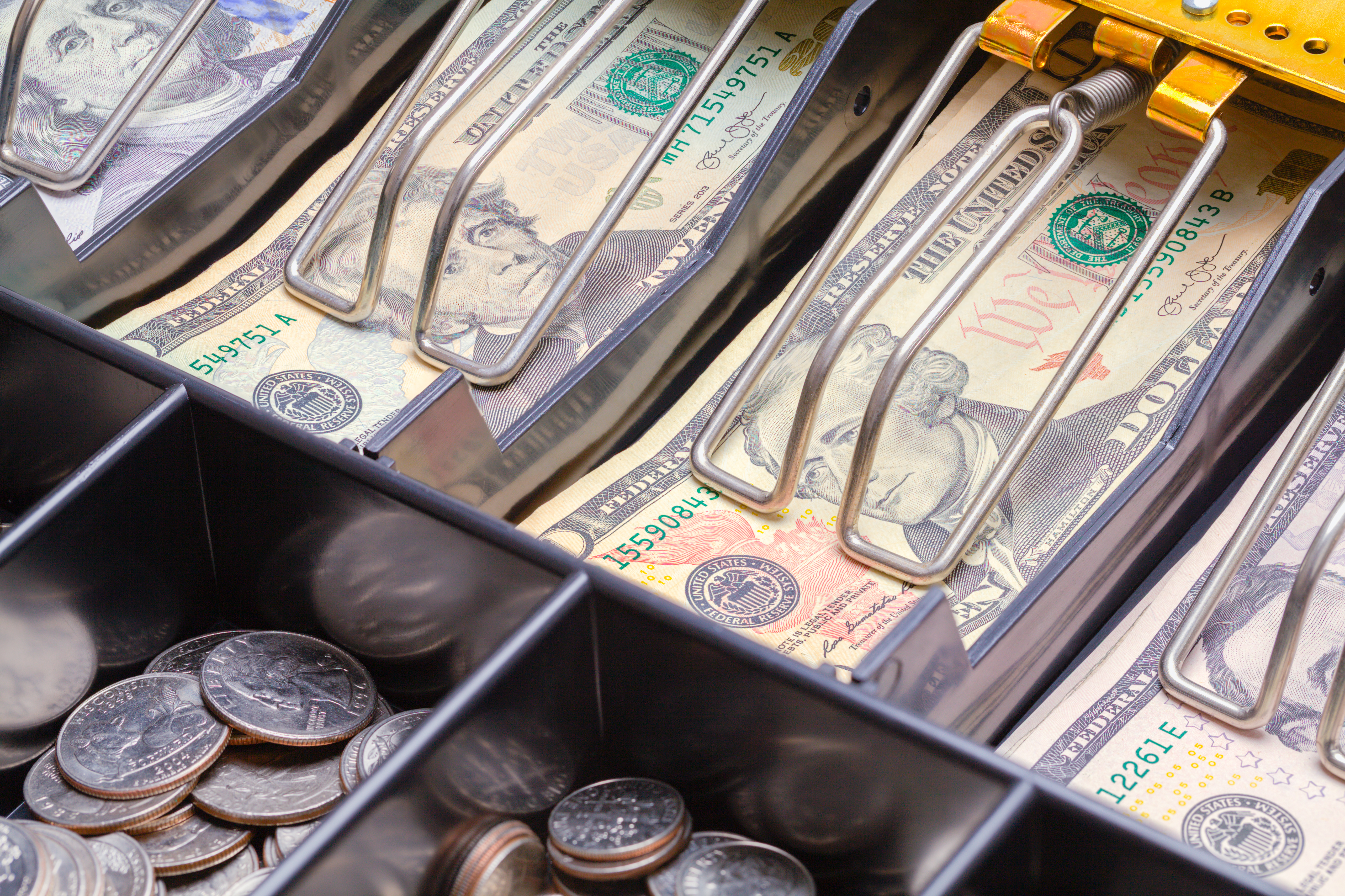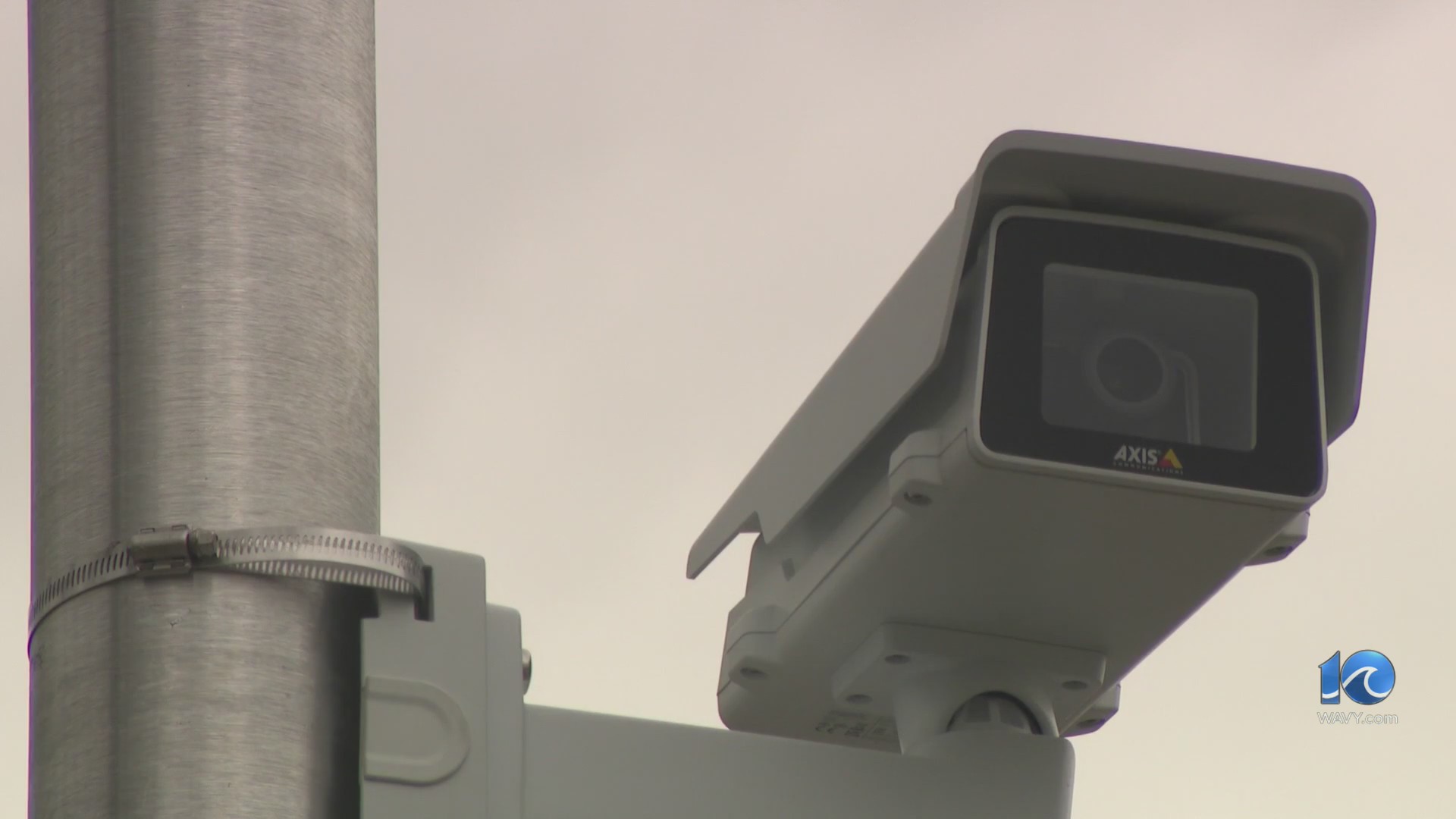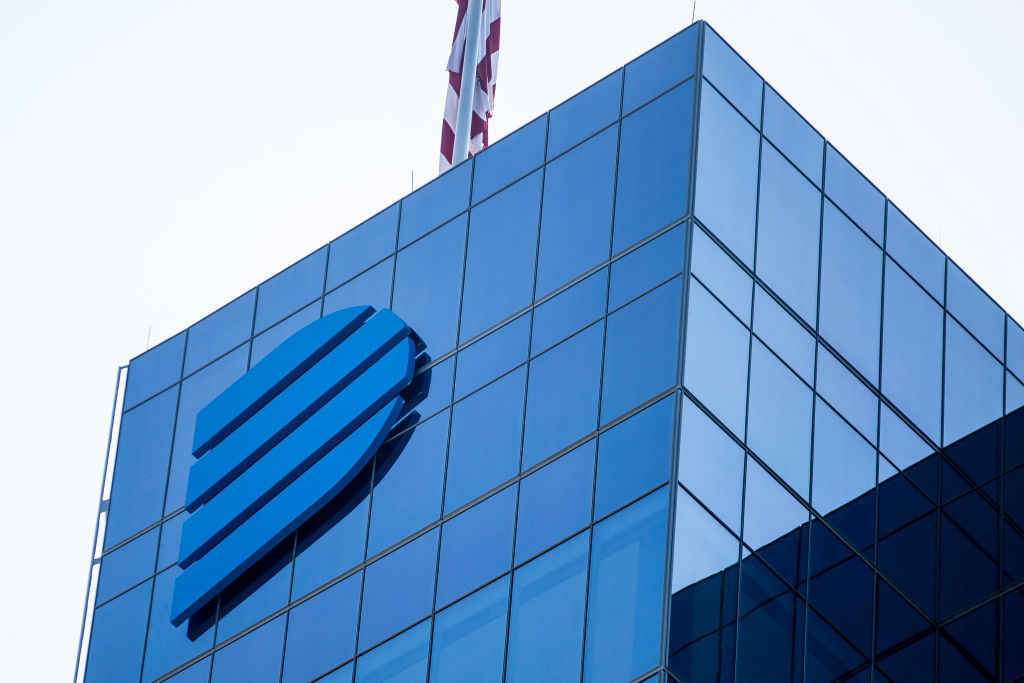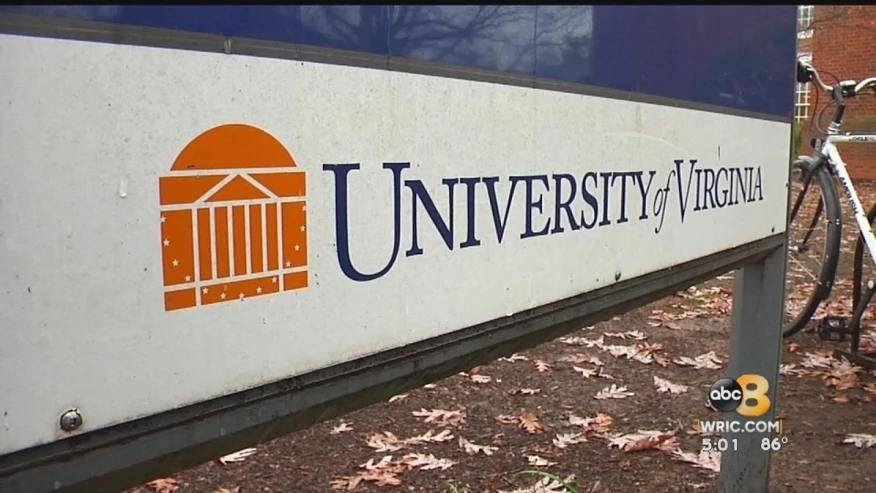Asian shares advanced Tuesday, with Chinese markets logging the biggest gains after the central bank announced a slew of measures to support the economy.
Shares in Hong Kong jumped 2%. U.S. futures edged lower while oil prices gained.
Among various policies aimed at countering a prolonged downturn in the property sector, People’s Bank of China Gov. Pan Gongsheng said the reserve requirement for banks would be cut by 0.5 percentage points and that the central bank would follow up with further cuts. That would free up more money for lending.
Regulators also plan new policies to support stable development of the stock market, Pan and other senior official told reporters in Beijing.
The coordinated measures, instead of “drip-feeding piecemeal support,” are “a step in the right direction,” Julian Evans-Pritchard of Capital Economics said in a commentary.
“But it will probably be insufficient to drive a turnaround in growth unless followed up with greater fiscal support,” he said.
The Hang Seng in Hong Kong surged more than 400 points to 18,604.26, while the Shanghai Composite index was up 0.9% at 2,772.58.
In Tokyo, the Nikkei 225 index climbed 0.7% to 37,974.98, while the Kospi in Seoul was nearly unchanged at 2,602.30.
Australia’s S&P/ASX 200 fell 0.3% to 8,126.30.
On Monday, the S&P 500 rose 0.3% to 5,718.57, edging past its record set on Thursday. The Dow Jones Industrial Average added 0.1% to its own all-time high set on Friday and closed at 42,124.65. The Nasdaq composite gained 0.1% to 17,974.27.
Tesla led the way with a gain of 4.9% and clawed back all its sharp losses from earlier in the year. It had shed as 42% at one point in April, when it was cutting prices on its cars to boost tepid sales.
That helped offset a 10.3% tumble for Trump Media & Technology Group, which fell to its lowest price since taking its place on the Nasdaq stock market in March. The company behind former President Donald Trump’s Truth Social network has dropped six straight days amid speculation about when Trump and other company insiders may sell their shares now that they’re no longer bound by a “lock-up” agreement. Trump has said he doesn’t plan to sell.
A report on Monday morning suggested U.S. business activity is not growing as quickly as economists expected, mostly because of a continued downturn in manufacturing. The preliminary report from S&P Global said U.S. manufacturing shrank more severely in September than in August and hit a 15-month low. It’s been one of the parts of the economy hurt most by high interest rates.
Several economic reports coming later in the week could offer more context about where the U.S. economy stands. One on Thursday will offer the final revision for the U.S. economy’s growth in the spring, and another on Friday will give a look at how much U.S. consumers are spending.
Such reports, particularly on employment, are taking top priority on Wall Street because the main fear is now a slowdown in the job market. It’s a notable shift from prior years, when Wall Street’s attention was fixed on anything related to inflation.
But now that inflation has come down substantially from its peak two summers ago, the Fed has shifted gears.
It feels less need to keep rates high in order to slow the economy enough to stifle inflation, hence last week’s cut of half a percentage point to its main interest rate. And it feels more pressure to prop up the job market and overall economy, hence its plans to keep cutting interest rates this year and next.
In the bond market, the yield on the 10-year Treasury held steady at 3.74%, where it was late Friday. The yield on the two-year Treasury, which moves more with expectations for Fed action, edged down to 3.58% from 3.60% late Friday.
In other dealings early Tuesday, U.S. benchmark crude oil added 44 cents to $70.81 per barrel. Brent crude, the international standard, was up 41 cents at $73.62 per barrel.
The U.S. dollar rose to 143.65 Japanese yen from 143.61 yen. The euro slipped to $1.1106 from $1.1113.
___
AP Business Writer Stan Choe contributed.



























































